Tariq Saeedi
2020 is quite likely to be a pivotal year for Turkmenistan in so many different ways.
Is it a bold statement? — Yes.
Is it based on facts? — Yes.
Does it trigger skepticism? — You bet it does.
Before unboxing this statement, let’s create the base for this assertion:
Turkmenistan keeps a macro picture in mind and designs micro components to fit into that picture. Sometimes these micro components are spaced so far apart in implementation that a casual observer cannot immediately discern their connection.
The reason why the micro components are not announced and implemented in an adjoining sequence is that the planning must be done according to the available resources and capacity. For this reason, the micro components are usually designed to serve as stand-alone units with the ability to integrate into the macro picture in a rather flexible way.
It is like a chessboard where an immediate move may sometimes not make a good sense unless we keep watching the game.
Let’s delve deeper.
* * *
The textile industry is one of the first areas where Turkmenistan may start converting its real potential in the global markets in 2020 or 2021.
First, it is relevant to mention that the global apparel market, excluding the footwear and jewelry, is worth $1.34 trillion a year in retail sales. — This is 1340 billion dollars.
The eCommerce share of the fashion industry is growing every year. More and more people are shopping online rather than going to the stores.
According to ShopifyPlus, the worldwide eCommerce revenues of the fashion industry were $ 481.2 billion in 2018, projected to expand to $ 712.9 billion by 2022. It will amount to nearly 50% of the total market.
It is with these projections in mind that Turkmenistan started putting together last year some drastic adjustments to its textile sector.
At present there are 75 main and 10 secondary structures under the ministry of textile industry. In addition, there are dozens of private stitching factories and fashion houses.
Two new spinning mills are being built in the Kaahka and Babadaykhan districts of the Ahal province. Each of them will produce 5000 tons of fine-fiber yarn, of which 3500 tons from each mill would be compact yarn. These mills will be ready for production in 2021.
The compact yarn has high tenacity and elongation, low lint fly, and no visible foreign fiber contamination. The yarn also offers stable dyeing properties, and optimum running efficiency in weaving, knitting, and warp knitting. This yarn is perfect for color-woven fabrics for shirts and blouses, intimate apparel and lingerie, and bed linens. It’s also ideal for very dense woven fabrics made from fine count yarns, like bed ticking.
Turkmenistan is one of the only 11 countries in the world that produce ELS (Extra Long Staple) cotton. ELS can be rendered into the finest quality compact yarn.
In order to ensure adequate supply of cotton to the mills, the area allocated for the cultivation of wheat has been reduced from 760000 hectares to 690000 hectares.
The 70000 hectares thus spared would be reassigned for the cultivation of cotton. Therefore, the total area available for cotton would increase from 620000 hectares to 1250000 hectares.
The procurement price of cotton will be raised next year.
From cotton to cotton yarn, from yarn to fabric, and from fabric to apparel, the role of the private sector is growing in Turkmenistan.
In the garments industry, you cannot just stitch something and wait for someone to buy it. There is the need to study the fashion trends and foresee the demand. The fashions are short-lived and the buyer is capricious.
There is the ever present need to keep in touch with the trends. One of the best ways to do so is to participate in the international exhibitions.
Turkmenistan participated at the start of this year in Heimtextil-2019 in Germany. This is one of the most important industry events.
Immediately after that, there was the exhibition in Baku.
Another important event where Turkmenistan showcased its fashion potential was the 2nd CIIE (China International Import Expo) in Shanghai, 5-11 November 2019.
In parallel, the government of Turkmenistan has decided to send more students abroad for studying marketing, including fashion marketing. The local universities have been asked to acquire the services of foreign specialists with proven track record to serve as professors.
A joint commission of the industrial, and finance sectors is studying the viability of the existing units, with the view to either upgrade or repurpose them.
Plans are in hand to build new units that conform to the quality standards matching the ISO specifications, and the environmental guidelines.
In doing so, the desired objectives are: 1. Make the Turkmen textiles attractive to the world markets; 2. Channel the foreign investment into the downstream textile sector.
The government, in supple cooperation with the startups in the private sector, is looking at the ways to harness the eCommerce segment in all areas, including the fashion industry.
The ministry of textiles has an entire department dedicated to fashion designing. In addition, there are several private fashion houses where talented young people are unleashing their creative potential.
These have all been separate developments but they will start coming together next year. The object is to claim a reasonable slice of the $ 1340 billion pie of the global apparel market.
* * *
The eye for detail is the key to success in the fashion industry, just like in almost every other area.
Take the example of the jeans trousers, one of the popular products of Turkmenistan.
There are 15 parts of a jeans trouser:
- Waist band
- Belt loop
- Button
- Fly
- Watch pocket
- Front pocket
- Back pocket
- Rivets
- Crotch point
- Back yoke
- Bottom hem
- Back rise
- Sideseam
- Inseam
- Zipper
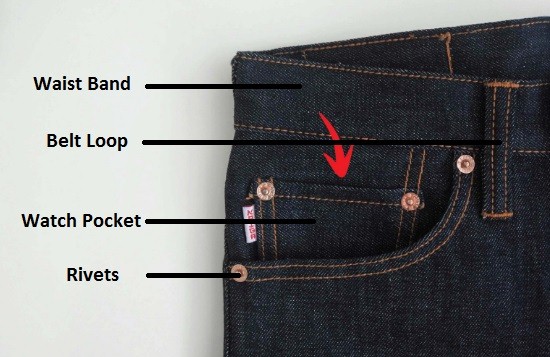
The picture above shows how the upper part of the jeans trousers was traditionally made. It did not change much since 1873 when Jacob Davis and Levi Strauss invented the jeans trousers.
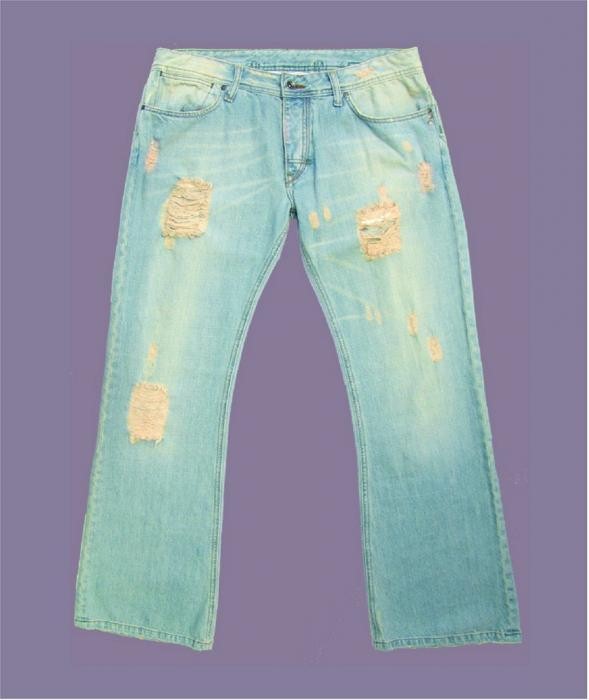
Keeping in line with the trend in the market, Turkmenistan has also been producing the jeans trousers similar to the original design of Levi. The picture above is of the upper part of a typical jeans trouser produced by one of the factories in Turkmenistan.
However, the latest trend is to streamline the upper part to provide a more flattering appearance. Such as this:
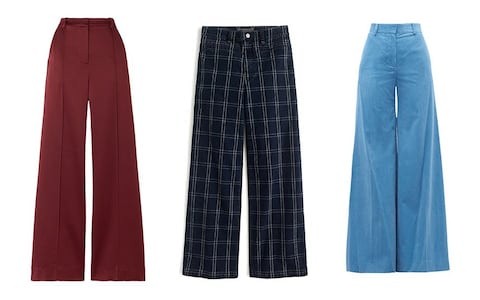
Also this:

The fashion designers in Turkmenistan have noticed this trend. In the next year, perhaps in spring or summer, some jeans trousers with pleasantly streamlined upper part are likely to features in the fashion shows.
The designers in Turkmenistan are also registering the reactions to their creations.
For instance this design has attracted some attention of the fashion markets and, with some tinkering it can be converted into a hot item next year:
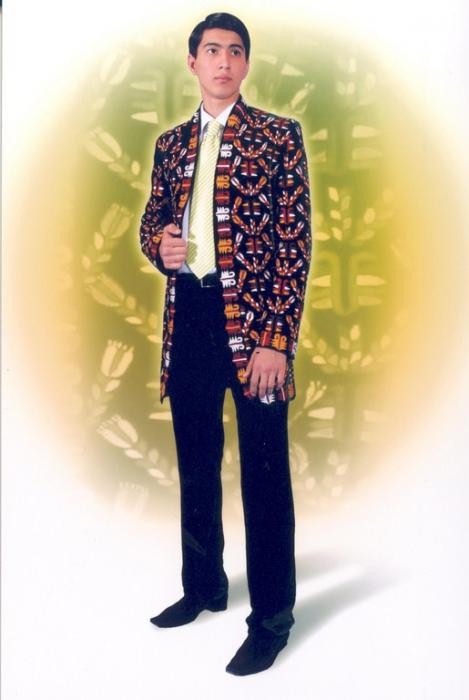
Below is a design and style that holds great promise in the semi-casual wear of children and adults. Because of its versatility, it can be adopted to any fabric:
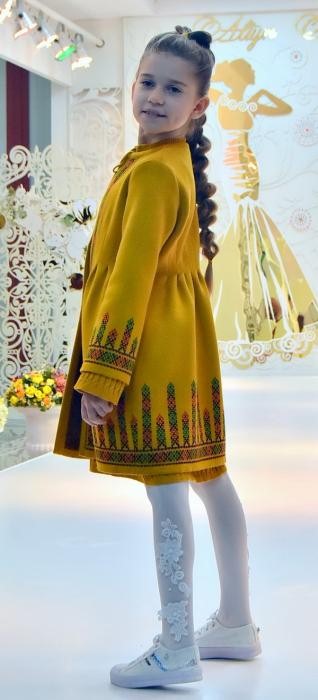
This design for young girls leaves enough room for the imagination of the mom to claim individuality at low cost:
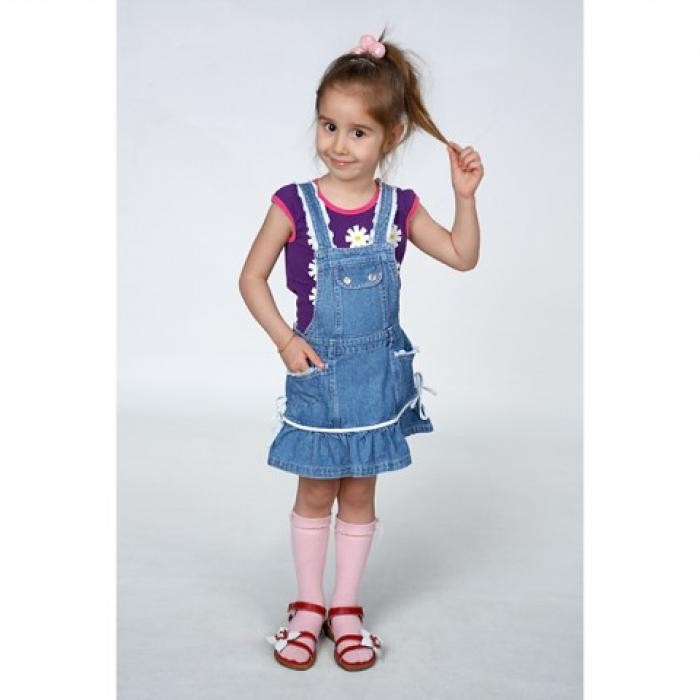
When there is the need for the dress to transition from autumn to winter, this design is one of the easy ways to make a fashionable changeover:
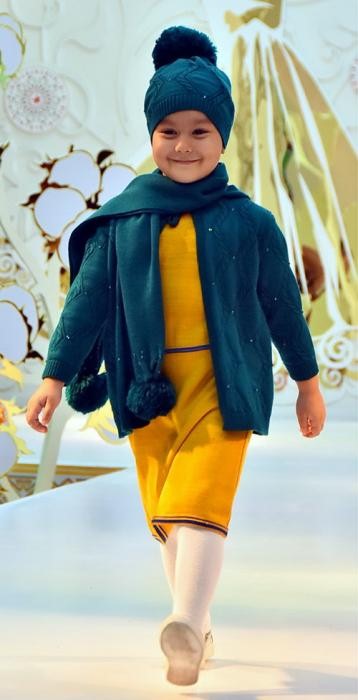
There is no dearth of smart casuals when it comes to the creative talent of the Turkmen designers:
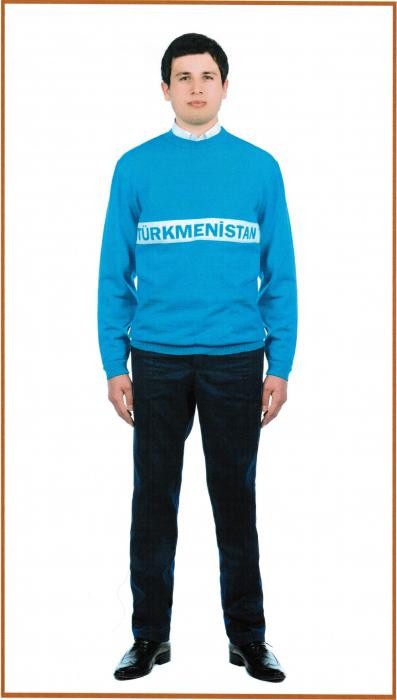
Or the semi-formal and formal, right up to the most glamorous events:
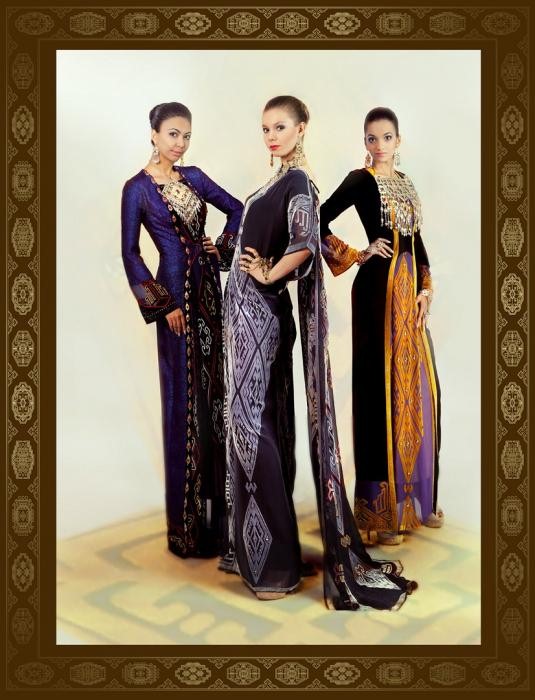
The fashion world would get to know Turkmenistan better next year.
For now, it is appropriate to limelight that currently not the garments but the bed ware and towels of Turkmenistan are in great demand, especially in the neighbouring countries. There is every kind of formal and informal trading and some of the border communities thrive on this.
Here are some pictures of the vast variety of bedding related products of Turkmenistan:
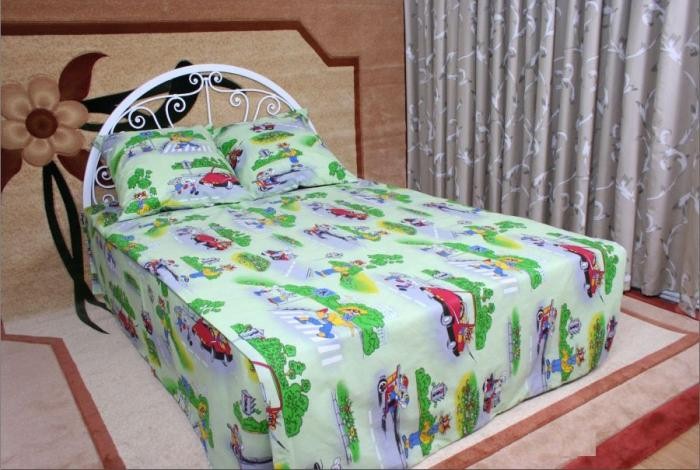
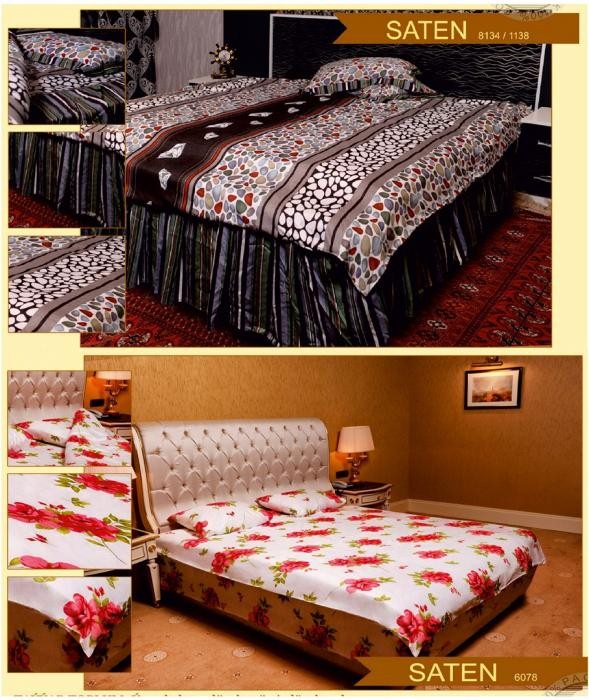
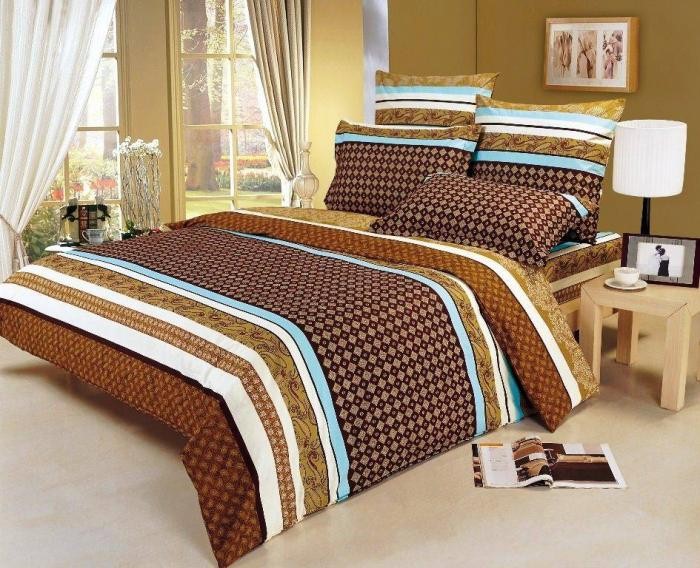
The various processes that were set in motion in the previous years, the different elements that were designed and created separately, will start coming together next year. The textile industry of Turkmenistan is almost ready to take off. /// nCa, 25 November 2019
To be continued . . .